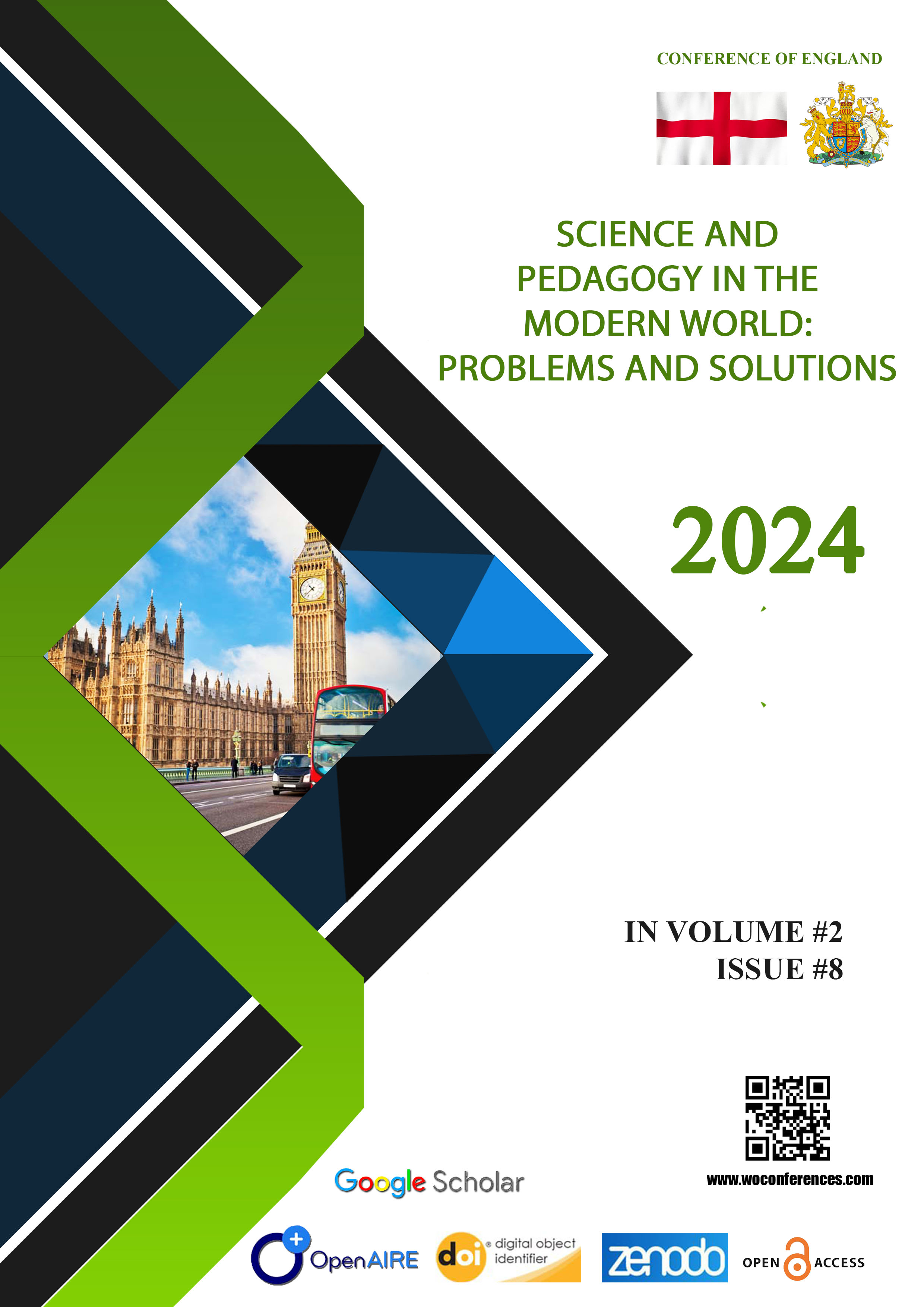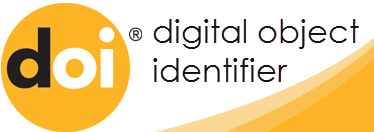USING AUTHENTIC MATERIALS IN ENGLISH LANGUAGE TEACHING
Abstract
English Language Teaching (ELT) has evolved beyond traditional approaches, and educators are increasingly recognizing the value of incorporating authentic materials into their teaching strategies. Authentic materials, drawn from real-world sources, offer a myriad of benefits in language acquisition. In this article, we delve into the advantages and effective strategies for integrating authentic materials into English language classrooms.
Keywords: Authentic Materials, English Language Teaching, Real-world Relevance, Authenticity in Language Use, Listening and Speaking Skills, Critical Thinking, Flexibility, Adaptability.
References
Samuda, V., & Bygate, M. (2008). Tasks in second language learning. Palgrave Macmillan.
Richards, J.C., & Rodgers, T.S. (2001). Approaches and Methods in Language Teaching. Cambridge University Press.
Ur, P. (1999). A Course in Language Teaching: Practice and Theory. Cambridge University Press.
Duquette, L., & Greene, L. (2019). Authentic materials: Their role in language learning. Canadian Journal of Applied Linguistics, 22(3), 119-136.
Nation, I. S. P. (2013). Learning vocabulary in Lexical sets: Dangers and guidelines. TESOL Journal, 4(2), 210-219.









